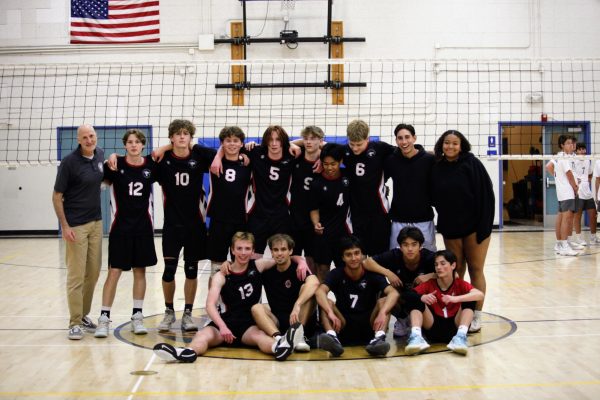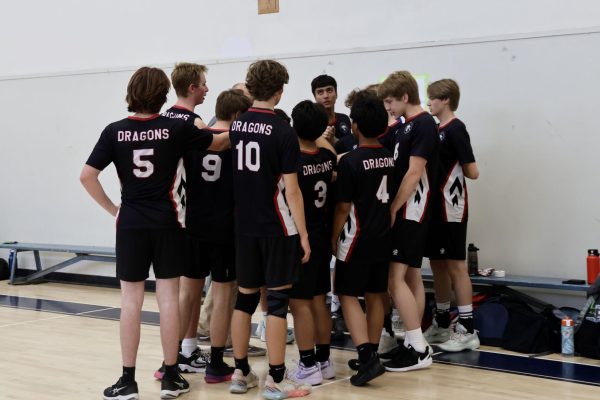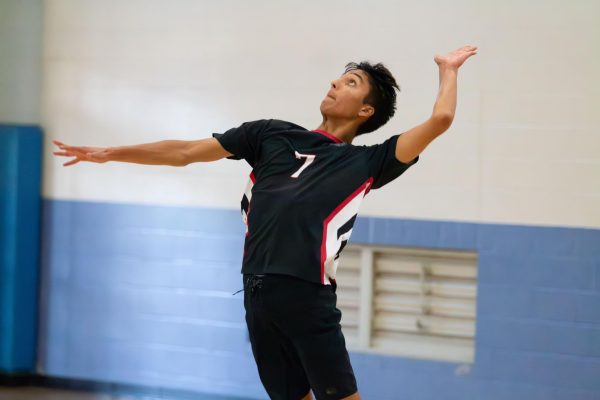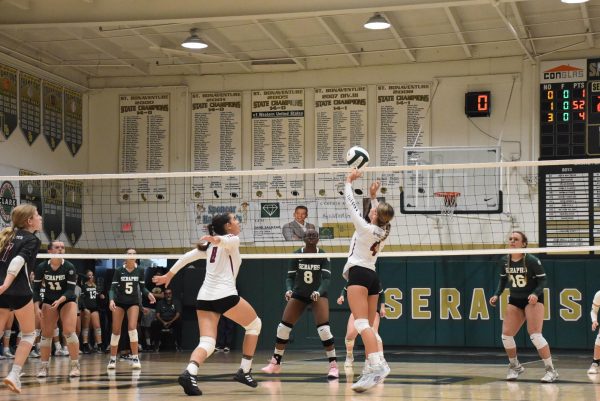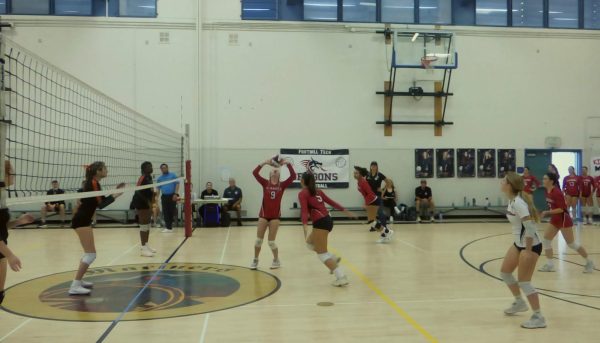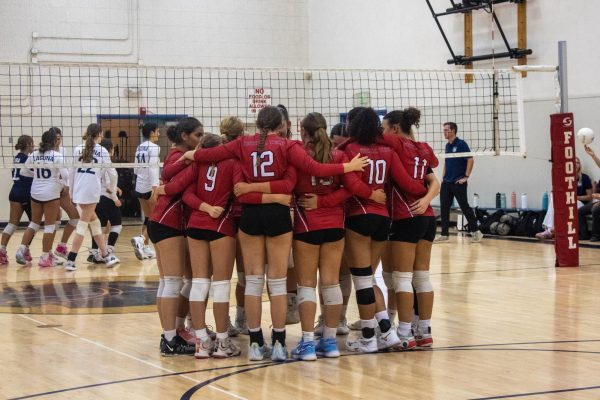Volleyball and the bystander effect: how understanding it will improve your game
You are a volleyball player, getting ready to receive the opposing team’s serve. The whistle blows, you take a deep breath and before you know it, the ball is propelled right in between you and your teammate to the left. Neither of you says anything or makes a move, believing the ball to be the other player’s responsibility. However, the ball hits the ground, the referee blows the whistle and the other team celebrates their ace.

A ball dropping in between two players in volleyball is so incredibly common that most who are familiar with the sport hardly bat an eye at the occurrence. Many assume there was a miscommunication somewhere in the shuffle or one of the players was simply not paying attention. But what about when the opposing outside hitter tips it right into the middle of the court, and every player makes to receive it but all stop short in the middle? Or when the setter accidentally sets in between two hitters and neither makes a move to hit it? These are all ordinary happenings on a volleyball court, especially in high school; however, there is more at play than a simple lack of communication or apathy on the part of the players.
There is a psychological phenomenon called “the bystander effect” that can explain the mental processes that occur in the aforementioned scenarios and, if properly understood, can help players fight against it. First coined by social psychologists Bibb Latané and John Darley in 1964, the bystander effect seeks to explain why people are less likely to take action in a group setting. It postulates that the presence of others can hinder a person’s ability to exert social control and creates a sort of social vacuum called “the diffusion of responsibility,” in which the more people are present the less likely an individual is to take action.

Colloquially, the diffusion of responsibility can be expressed as the common sentiment: “someone else can do it.” The most famous example of the bystander effect at work is the Kitty Genovese murder, soon after which Latané and Darley developed and popularized the bystander effect. Allegedly, Genovese was brutally stabbed and ultimately killed among a crowd of people who made no move to help her. According to the bystander effect, since there were so many people present, they felt less connected to what was happening and felt it was more acceptable to let it happen as opposed to if it was just a single witness and Kitty. While the fact that she was murdered in public was eventually disproved and chalked up to sensationalist journalism, at the time it captured the interest of psychologists such as Latané and Darley and eventually led to the discovery of the bystander effect as well as the creation of the 911 system.
With this in mind, how can the bystander effect help volleyball players? Simply being aware of the phenomenon, knowing how a “campfire” can occur on the court and why we act the way we do can be immensely helpful. Like many sports, volleyball is as much of a mental game as it is a physical game. Your performance not only relies on your physical prowess and technique but also your mindset. That voice in the back of your head, the inner dialogue you engage in, the vocabulary you use and the plays you make all impact your execution. Even the slightest change in any or all of these areas can make the difference between a good game and a bad game.

In volleyball, it can be difficult to discern whose ball is whose, especially when the bystander effect is in play.
That is why understanding the bystander effect and its role in volleyball is so pivotal for players; realizing you are scientifically less inclined to make decisive plays can help you take steps to change your mindset. Instead of portioning out the court and repeating which teammate has which ball to yourself, instill a mantra that every good coach has told their team at least once into your head: “every ball is mine.”
In order to overcome your own psychology, you must convince yourself that you are the only player on the court who can get those balls. Once you truly believe that, those plays that could have been saved with a simple decisive move will decrease significantly, and you will improve exponentially.
So next time you find yourself between a seam and a hard place, remember: it doesn’t matter how many other players there are on the court. Only you can make that play.

Just a third year illustrator who loves music, character designing, and Dungeons & Dragons. Believes video games are a valid art form and...



